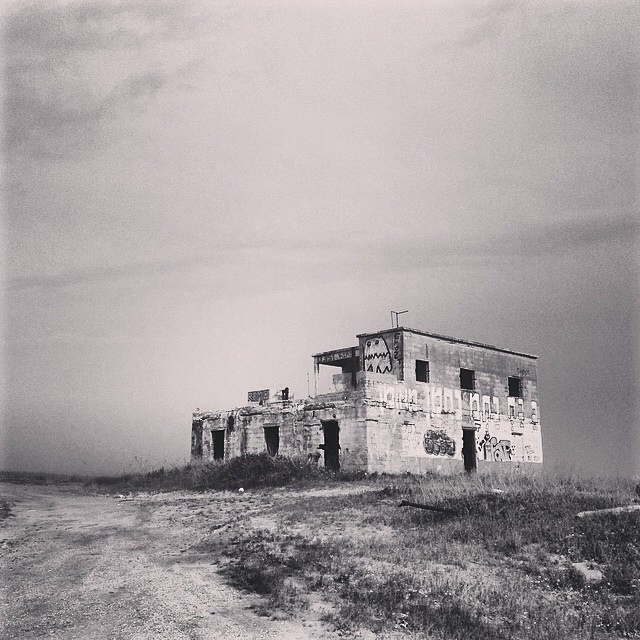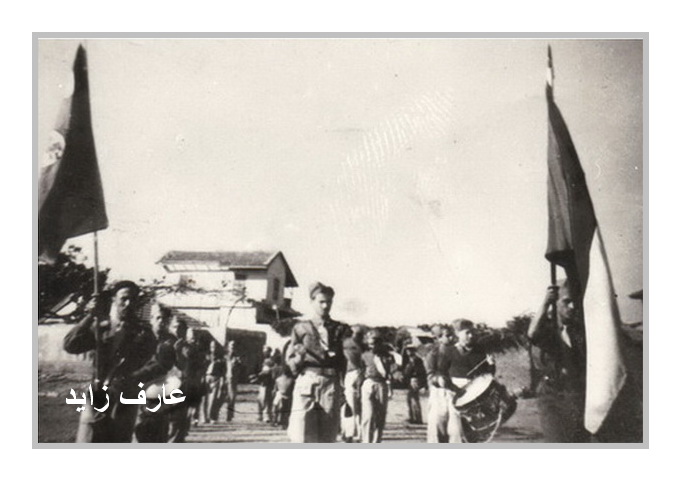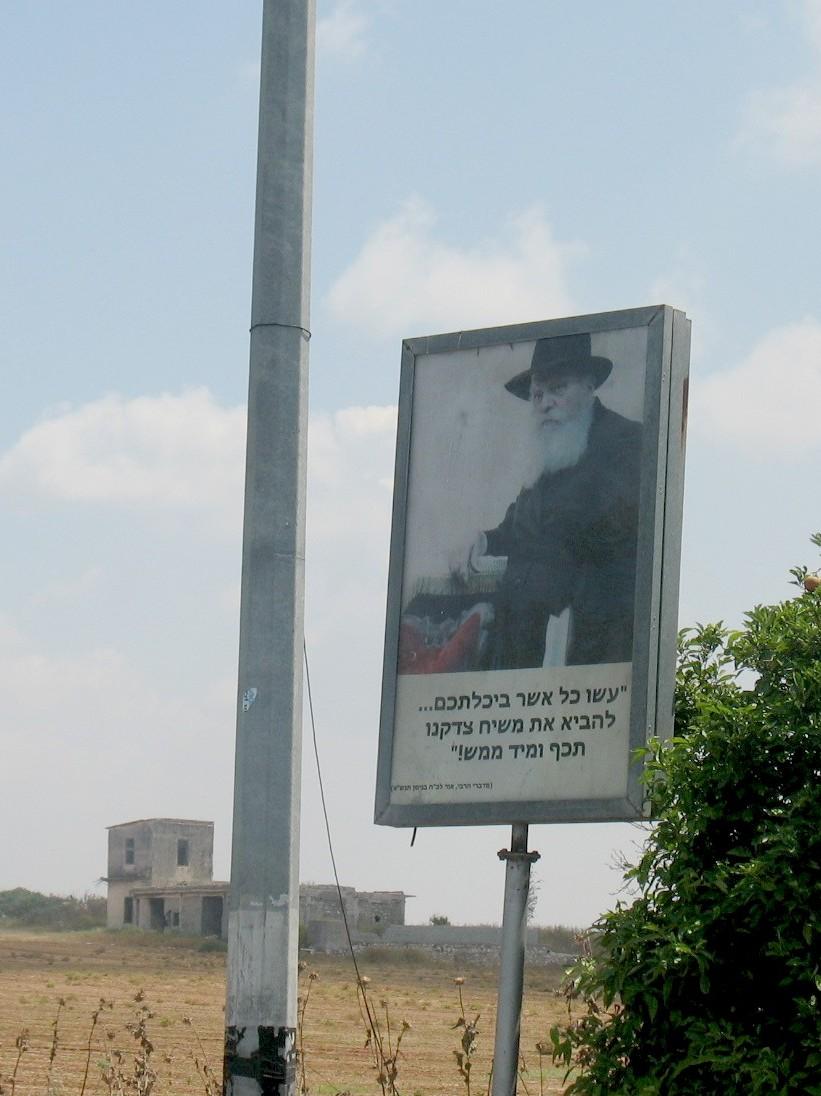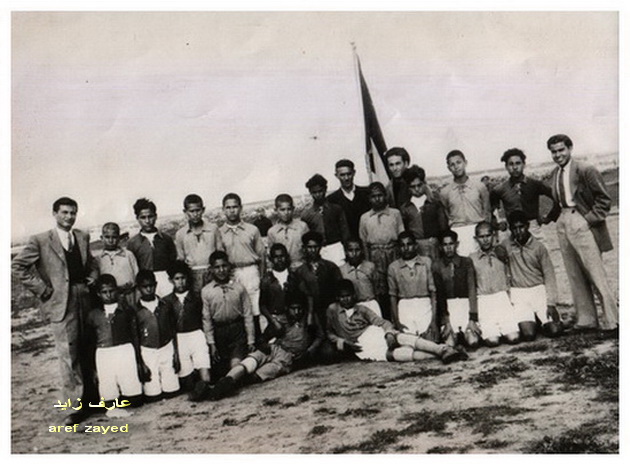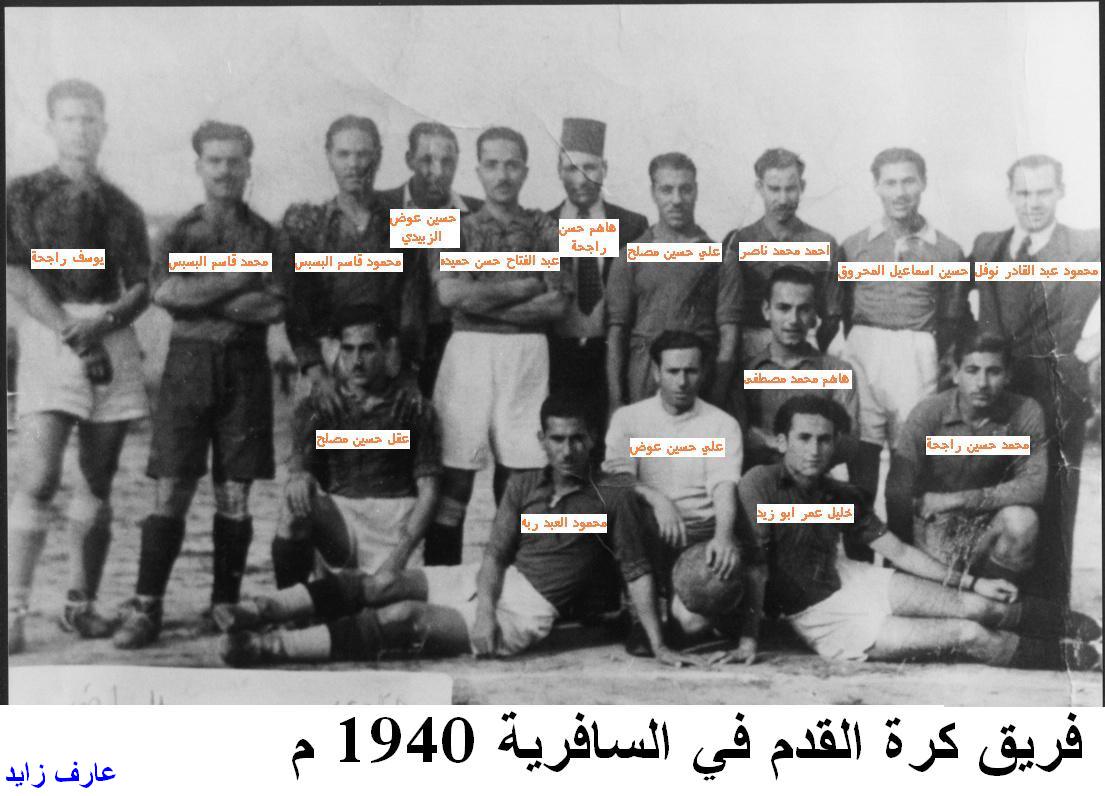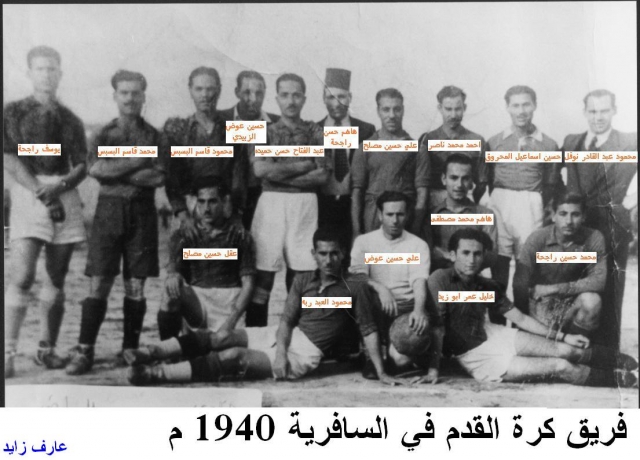Info
District: Jaffa
Population 1948: 3560
Occupation date: 20/05/1948
Occupying unit: Alexandroni
Jewish settlements on village/town land before 1948: None
Jewish settlements on village/town land after 1948: Kfar Chabad, Tzafaria, Ganei Rishon (Today Rishon Lezion), Neve Hadarim (Rishon Lezion)
Background:
The village was situated on flat terrain on the central coastal plain, 11 km southeast of Jaffa. It was lonked by a secondary road to a highway leading to Jaffa and al-Rama, among other urban centers.
A wire service report stated that Israeli forces took al-Safiriyya on 20 May 1948. The United Press dispatch said that the occupation of the villagecoincided with attacks by Irgun Zwai Leumi (IZL) against the city of al-Ramla to the south. However, the Palestinian historian 'Arif al-'Arif relates that it was occupied almost a month earlier, at the same time as nearby Yazur and Bayt Dajan, which were attacked during Operation Chametz in preparation for the encirclement of Jaffa and its eventual occupation. If it was captured at that time, the attacking units were probably from the Alexandroni Brigade.
In either case, the village was certainly under Israeli control by September 1948, for on 13 September, Prime Minister Ben Gurion asked the Israeli's cabinet to destroy al-Safiriyya (together with thirteen nearby villages). Israeli historian Benny Morris writes that Ben Gurion was careful to make the request in the name of the commanding officer of the central front and not in his own name. The request was granted.
Four settlements are now on village lands: Tzafriyya and Kefar Chabad, both build in 1949, Achi'ezer, founded un 1950, and Tochelet, founded in 1951. The settlement of Shafrir, established in 1949, has been absorbed by these and by the suburbs of Rishon le-Tziyyon.
The two schools – long concrete structures with rectangular doorways and windows – still stand and have been refurbished. A number of houses, some made of adobe bricks and others of concrete, also remain and are aither deserted or inhabited by Jewish families. They are architecturally simple and have rectangular doors and windows; most of their roofs are flat. Cactuses and a variety of trees line an old village road, and the site is generally dotted by sycamore and cypress trees. Parts of the surrounding land are covered by construction but some parts are cultivated by Israelis.


